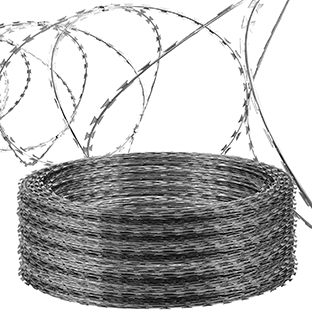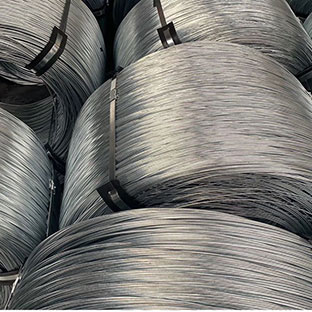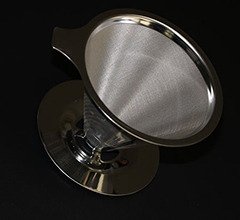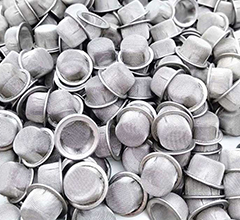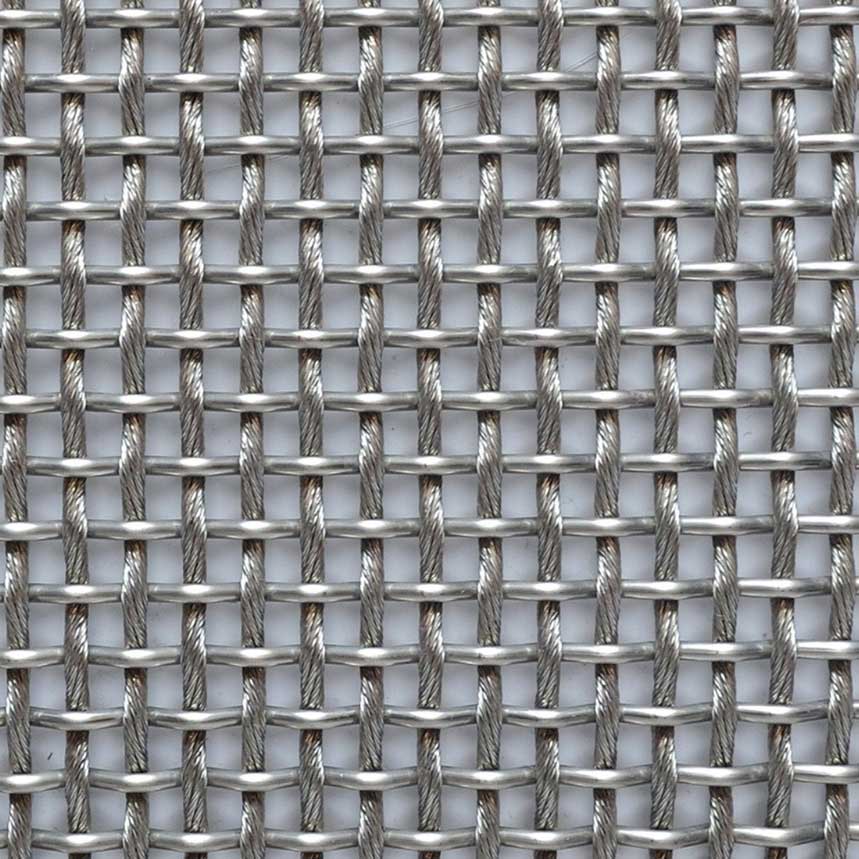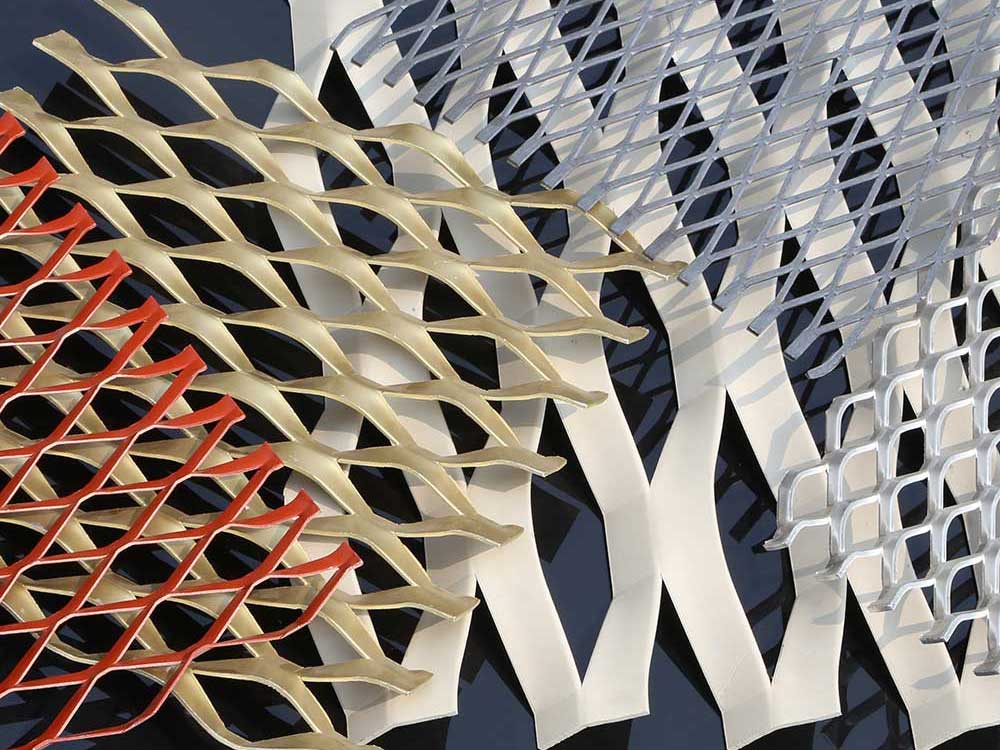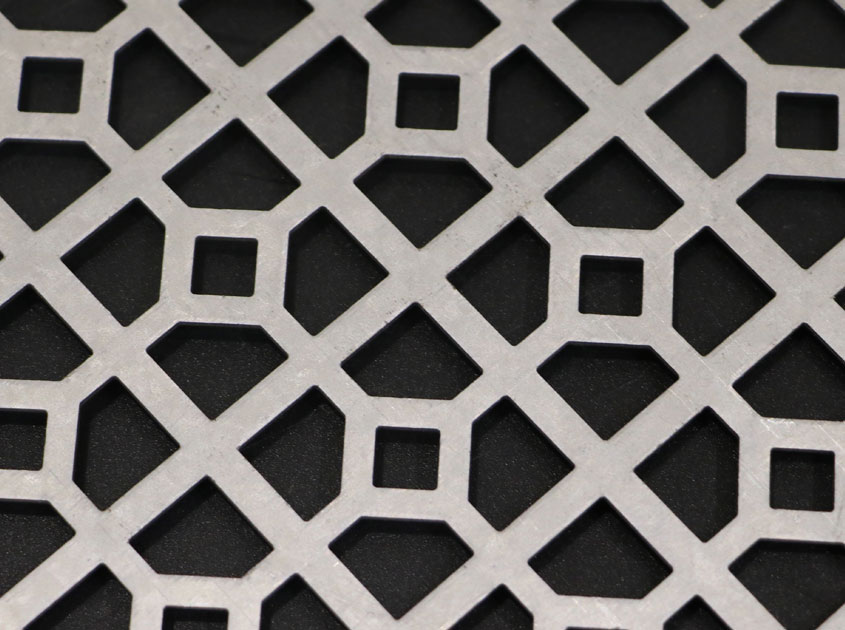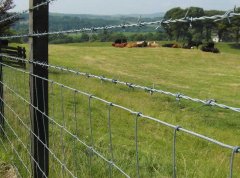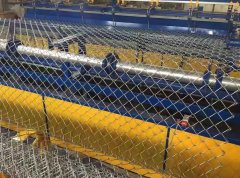Stainless steel wire mesh is a kind of wire mesh with strength and elastic modulus. It has good plane stability and stable dimensions without deformation. Due to the small wire diameter, it can weave a very high mesh mesh with uniform thickness and high yield point. Stainless steel The mesh is abrasion-resistant, tensile-resistant, high-temperature resistant, acid and alkali resistant, thermally conductive, and electrically conductive. Stainless steel mesh is rigid, which can be more accurate in wire diameter, mesh number, mesh width, mesh length, and reduce the error of the mesh during its weaving process.

In heavily polluted industrial areas and coastal areas, the surface can be very dirty and even rusty. However, in order to obtain the aesthetic effect in the outdoor environment, a nickel-containing stainless steel mesh is required. Therefore, 304 stainless steel is widely used in curtain walls, side walls, roofs and other building applications, but in severely aggressive industrial or marine atmospheres, it is best to use 316 stainless steel. Several design guidelines include 304 and 316 stainless steel mesh. Because dual-phase v205 has integrated good atmospheric corrosion resistance with high tensile strength and elastic limit strength, this steel is also included in the European guidelines. Product shape, in fact, stainless steel is manufactured in full standard metal shapes and sizes, and there are many special shapes. The most common products are made from sheet and strip steel, and special products are also produced from medium and heavy plates, such as the production of hot-rolled structural steel and extruded structural steel. There are also round, oval, square, rectangular and hexagonal welded or seamless steel tubes and other forms of products, including profiles, rods, wires and castings.


.jpg)




.png)






































